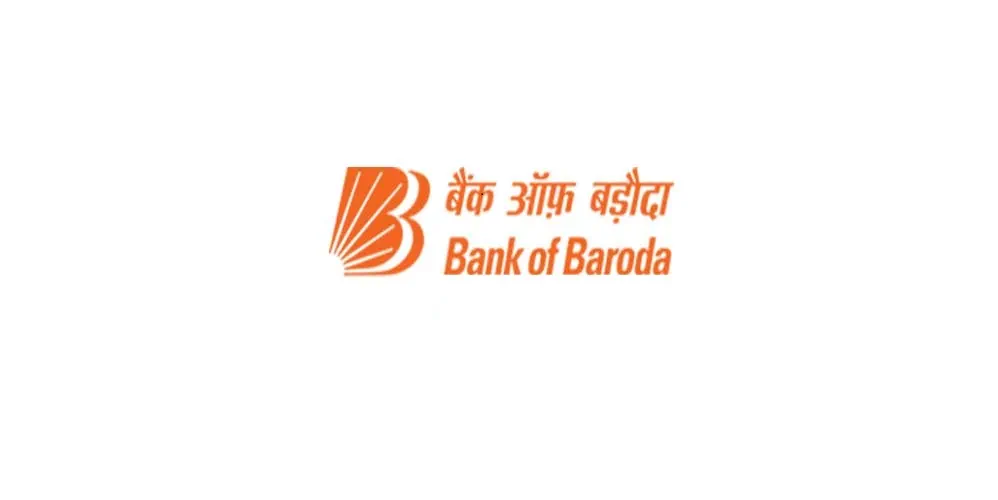
आवर्ती जमा ब्याज दर की गणना कैसे करें?
21 मार्च 2023

Table of Content
A recurring deposit is one of the best ways a small investor can invest funds and grow them. In a recurring deposit, a fixed amount of money is invested at a fixed duration for a fixed period of time. These installments all mature on the same date. Essentially, a recurring deposit is like having multiple fixed deposit investments, all of which mature on the same day.
You do not have to wait till a recurring deposit matures to find out the interest that you will earn on a recurring deposit. If you’re wondering how to calculate RD interest, then read this guide.
How to calculate recurring deposit interest using a calculator:
With the digital revolution in banking, the services offered by banks have undergone a sea change. It is no longer necessary to invest in a recurring deposit to find out how much you will earn on maturity. There are several banks that have a recurring deposit interest calculator on their website. This tool addresses how to calculate interest on RD account.
To calculate the RD account interest, you need to input the following:
- Installment amount
- Rate of interest
- Period of investment
After putting in these details, you need to click submit and the calculator will show you the maturity amount. Using this calculator can help you find out the total interest you can earn on a recurring deposit instantly. It is very essential to use this calculator to find out the maturity amount and the interest as it can help you find out how much to invest if you’re raising funds for a particular goal. One important thing to remember is that banks compound interest quarterly on these deposits.
If you’re investing for a senior citizen, the rate of interest on such deposits is higher.
How to calculate RD interest manually?
If you’re wondering how to calculate compound interest for recurring deposit, you can use this formula:
M = P*(1+R/N)^Nt
Where
M = Maturity amount.
P = Principal amount or the installment amount
R = Interest rate in decimal, convert interest rate into decimal by dividing it by 100
T = Time duration in months
t = Time duration in years
N= compounding frequency (since it is quarterly, it will be 4)
This is the formula for calculating compound interest. Banks generally compound interest quarterly on deposits. However, to calculate compound interest on recurring deposit, the balance at the beginning of the quarter is considered. So, if you open a recurring deposit between a quarter, simple interest is calculated for the months till a new quarter begins and from the new quarter, compound interest is calculated. This is why there may be a slight difference between manual calculation and the amount that a holder may receive on maturity.
Important Points to Remember about Recurring Deposit Interest
- Interest on recurring deposit is taxable. This interest will be added to your taxable income, and you will have to pay tax on it based on the slab you are in.
- Your bank will deduct tax if the total interest on recurring deposit exceeds Rs. 10,000 in a year. You can submit Form 15G/15H declaring that your income won’t be in the taxable slab. On submission of this form, the bank won’t deduct tax on your recurring deposit income.
- Senior citizens get a deduction on interest earned through recurring deposits under Section 80TTB up to Rs. 50,000. Section 80TTB gives a deduction on interest income from savings account interest, fixed deposit interest, recurring deposit interest etc.
Popular Articles
Related Articles



What is CVV on a Debit Card? Understanding Its Importance and Security Features


How to Update Your FASTag KYC: Step-by-Step Guide for Online & Offline Methods




The Importance of Pension Funds: Secure Your Future with Steady Retirement Income

-
डिस्क्लेमर
इस लेख/इन्फोग्राफिक/चित्र/वीडियो की सामग्री का उद्देश्य केवल सूचना से है और जरूरी नहीं कि यह बैंक ऑफ बड़ौदा के विचारों को प्रतिबिंबित करे। सामग्री प्रकृति में सामान्य हैं और यह केवल सूचना मात्र है। यह आपकी विशेष परिस्थितियों में विशिष्ट सलाह का विकल्प नहीं होगा । बैंक ऑफ बड़ौदा और/या इसके सहयोगी और इसकी सहायक कंपनियां सटीकता के संबंध में कोई प्रतिनिधित्व नहीं करती हैं; यहां निहित या अन्यथा प्रदान की गई किसी भी जानकारी की पूर्णता या विश्वसनीयता और इसके द्वारा उसी के संबंध में किसी भी दायित्व को अस्वीकार करें। जानकारी अद्यतन, पूर्णता, संशोधन, सत्यापन और संशोधन के अधीन है और यह भौतिक रूप से बदल सकती है। इसकी सूचना किसी भी क्षेत्राधिकार में किसी भी व्यक्ति द्वारा वितरण या उपयोग के लिए अभिप्रेत नहीं है, जहां ऐसा वितरण या उपयोग कानून या विनियमन के विपरीत होगा या बैंक ऑफ बड़ौदा या उसके सहयोगियों को किसी भी लाइसेंसिंग या पंजीकरण आवश्यकताओं के अधीन करेगा । उल्लिखित सामग्री और सूचना के आधार पर किसी भी वित्तीय निर्णय लेने के लिए पाठक द्वारा किए गए किसी भी प्रत्यक्ष/अप्रत्यक्ष नुकसान या देयता के लिए बैंक ऑफ बड़ौदा जिम्मेदार नहीं होगा । कोई भी वित्तीय निर्णय लेने से पहले अपने वित्तीय सलाहकार से सलाह जरूर लें।
आरडी बनाम एफडी - आवर्ती जमा और सावधि जमा के बीच अंतर
आज, बैंक में खाते होना एक सामान्य स्थिति है। आपको विभिन्न अवसरों पर अपना बैंक खाता नंबर उपलब्ध कराना होता है ; जैसे नियोक्ता से वेतन प्राप्त करना या किसी योजना के तहत सरकार से सब्सिडी ज्यादातर लोग या तो सावधि जमा खाता खोलते हैं या आवर्ती जमा।
आवर्ती जमा खाता कैसे खोलें?
आरडी खाता क्या है यह बहुत स्पष्ट है लेकिन आवर्ती जमा खाता कैसे खोलें? आरडी खाता खोलने के लिए, निवेशक को निकटतम बैंक या डाकघर में जाना होगा और आवेदन पत्र भरना होगा। कुछ आधारभूत दस्तावेज उपलब्ध कराने होंगे जैसे पहचान संबंधी दस्तावेज, पता प्रमाण, बैंक विवरण आदि।

